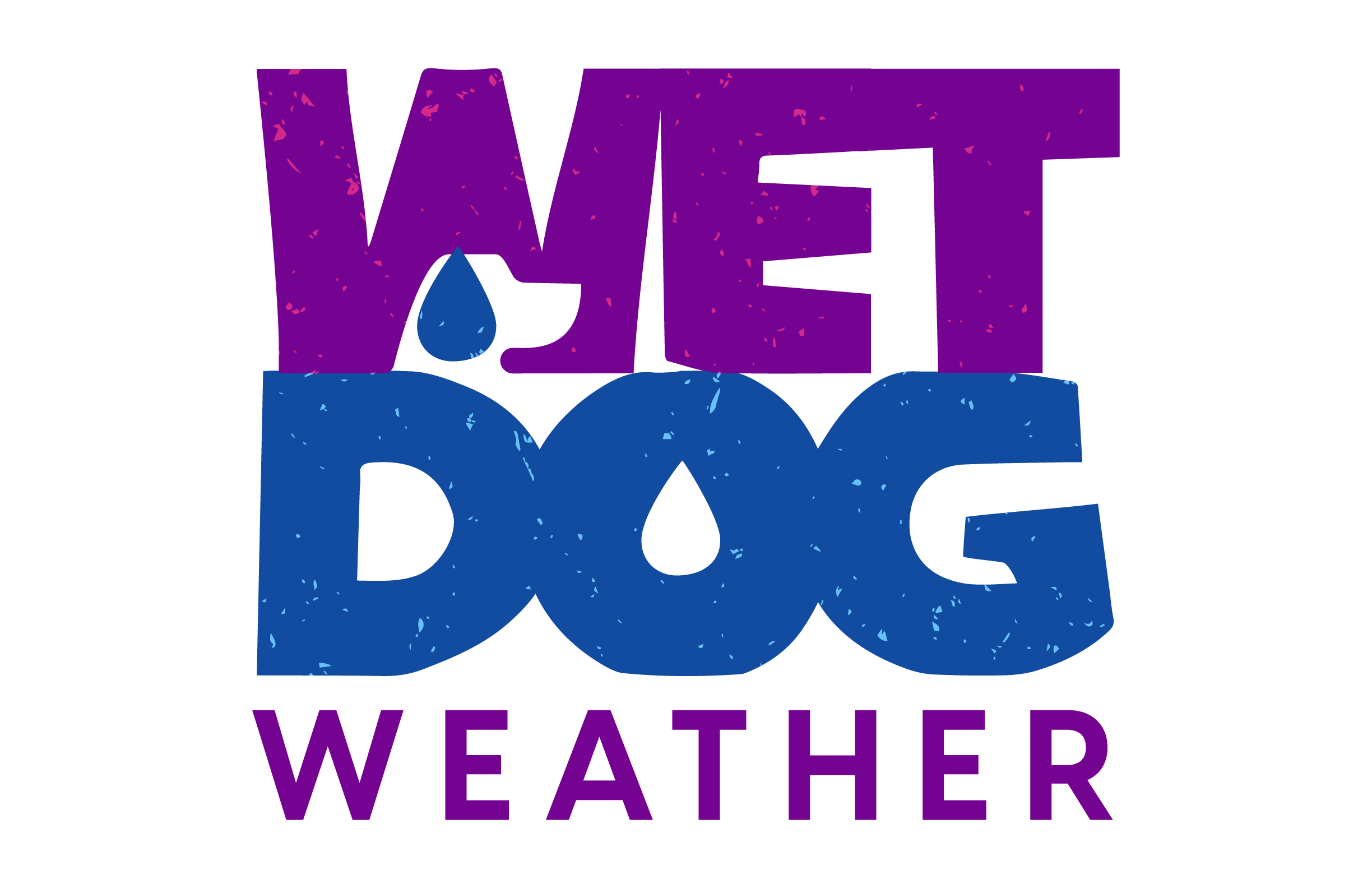At Wet Dog Weather, we’ve primarily dealt with gridded models and observed data, but we’re now expanding our focus to include weather alerts. Our current data sources include GFS, HRRR, RTMA, and high-resolution models provided by and for our customers.
We are in the process of adding a point observation feed, but that deserves its own blog post. This one is about our plans for warnings, watches, and alerts. We’ll call the whole category ‘alerts.’
How Wet Dog Weather Views Alerts
Weather alerts are just another piece of data that needs to be managed and tracked. If the alert covers an area, then we’re managing polygons. If it’s just a single location, then it’s a point.
Alerts have times associated with them. They are active for a certain length of time and then stop. They might be replaced with something new or even canceled. There is that temporal component that makes things interesting.
We’re familiar with these, having built weather and aviation apps for years. What’s new here is the system we’re building to store and manipulate them more broadly.
Displaying Weather Alerts in Terrier
If you know Wet Dog Weather, it is no surprise that most weather companies could improve their alert display. Everyone is great at notifications, but alert displays? Meh.
We’ll display alerts as proper polygons and points in our Terrier SDK for web and mobile. This looks much better than images and allows for immediate interactivity. You click or tap on one, and you get immediate feedback. Even better, you can tap on a stack of weather alerts and see what is active.
We’ll do some things under the hood to make this more efficient. Most alerts from weather services tend to reuse the same polygons repeatedly. We’ll be caching those and fetching them as needed. This makes for a much more efficient and precise display and is great for mobile.
As with everything we do, the time series component is vital. You’ll be able to look back several hours and ahead several hours to see when alerts appear and disappear and what’s active right now.
If you need those old-style image WMTS feeds for alerts, we’ll do that on demand.
Querying Data
We’ll discuss this more in the coming months, but we’re doing more than just displaying. We plan to make all our data sets, including weather alerts, easily queryable.
The primary query for alerts is “What covers this point,” followed by “What covers this polygon.” We can add a time component and return the information you need.
We’ll do our own efficient version for lookup and add a WFS implementation for compatibility with existing systems.
Sources & Generation of Weather Alerts
Where do all these weather alerts come from? In the US, they’re issued mainly by the NOAA National Weather Service. Yet, states, the FAA, and many companies also issue them. They can come from many sources.
The first sources we’ll likely process are NWS warnings and watches, closely followed by METARS and TAFs. It depends on what the first customer needs.
We may use an alert consolidator that does some translation work for other countries. We shall see. None of this is particularly novel.
What is novel, at least for us, is generating alerts based on data in our system, Boxer. We’ll make it possible to post an alert as part of the stream and have it reach out to your users. As with everything we do, that alert can live within your stack and not be shared with other customers.
Notification & Summary
We can add a mobile notification system to notify end users. We’ve done this before for precipitation notification and made it work at scale.
That’s a quick overview of our roadmap for weather alerts. We plan to display alerts beautifully and make them efficient to query and easy to generate. If you’d like to know more, please reach out, and we’ll be happy to chat.

